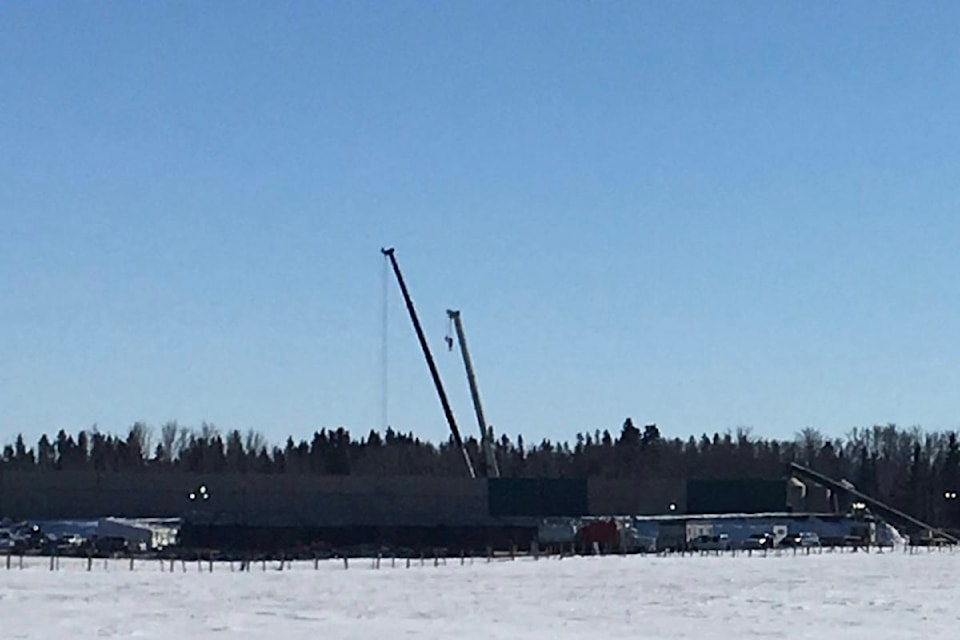Vesta Energy has packed up the fracking operation that is being probed by regulators in connection with Monday’s earthquake.
Cal Kullman, who lives on a farm a few kilometres west of the fracking site south of Sylvan Lake, said Vesta began dismantling the site soon after the 4.6 magnitude earthquake that rattled doors and windows in the Sylvan Lake, Red Deer and Lacombe area just before 6 a.m.
At the same time, the power went out for up to 90 minutes for about 4,600 customers in the Sylvan Lake area when two transformers were tripped. It’s believed the earthquake was the likely cause, however it has not been proven conclusively.
Alberta Energy Regulator says it ordered Vesta to suspend hydraulic fracturing operations at the site in order to protect the public and the environment.
Calgary-based Vesta was ordered to report on all seismic activity since April and provide specific data from Jan. 29 to Monday. Going ahead, Vesta must file a plan to eliminate or reduce seismic activity from future fracking.
Kullman questions the wisdom of allowing fracking operations so close to important infrastructure, such as power substations linked to thousands of homes and businesses.
After the earthquake, Kullman sought more information from AltaLink and Vesta. AltaLink did not appear at first to know a fracking operation had been underway an estimated 400 to 500 metres from its substation.
“Overall, I’m kind of appalled that nobody knows there neighbour around here,” said Kullman.
He said there should be more co-ordination between Alberta Utilities Commission, which oversees power, and Alberta Energy Regulator, which deals with the oil and gas industry.
“You can’t just be approving any drilling application without considering the other infrastructure around it.”
Kullman is executive director of the RiverWatch Institute of Alberta, which provides watershed education programs. However, his comments are as an area property owner not the head of the environmental group, he said.
Alberta Energy Regulator says on its website it is aware fracking can cause earthquakes. The Fox Creek area, northwest of Edmonton, has seen an increasing number of earthquakes since December 2013.
In response, AER has issued a series of regulations requiring fracking companies to report any earthquakes within five kilometres of their operations, must assess the potential for earthquakes prior to work, and must have a response plan if an earthquake is reported.
Companies’ obligations vary depending on the size of the earthquake. Any quake more than four on the Richter scale requires shutting down the fracking operation immediately and notifying the AER, which is what Vesta did.
Quakes between two and four on the Richter scale require reporting to the AER and invoke the response plan. Below two, not action is required.
The AER has no similar seismic protocol for the Red Deer area, although Vesta has voluntarily chosen to follow the regulations required for the Fox Creek area.
Before Vesta can start operations up again, it must submit a plan showing how the company will minimize the risk of any future seismic impacts.
Vesta has also applied for a multi-year licence to withdraw water from the Red Deer River to support fracking operations in what is billed as Canada’s first commercial shale oil play near Joffre. Vesta is seeking approval to draw about six million cubic metres of water annually.
A company spokesperson could not be reached for comment Wednesday.
